"Rather than worrying, try it out"
Gento Matsumoto, 3rd year student School of Fundamental Science and Engineering
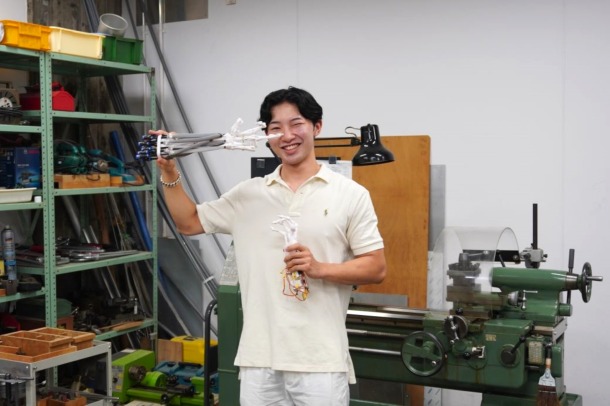
At the Waseda Manufacturing Workshop on Nishi-Waseda Campus
Gento Matsumoto is a self-taught robot maker who has created a number of robots, including insect-type robots, dragonfly-type drones, finger-type robots, and bird-type drones, and has been gaining attention by posting his inventions on social media. Matsumoto, who says he "cannot resist curiosity," has been showing his drive since he was a child, and is currently working to make a name for himself on the world stage by creating hand-type robots. We asked him what inspired him to start making robots and his future plans.
--What made you start making robots?
It all started when I wanted to control insects. When I was a child, I would go to a park near my house to catch beetles and other insects, and I became interested in their movements and became obsessed with them. During my summer vacation in the fifth grade of elementary school, my family was scheduled to go to Hawaii, but at the last minute we changed our plans because there were no insects that interested me, and instead we went to Java Island in Indonesia for six days just to collect insects. Also, I've always liked miniature cars that don't just move, but have intricate mechanisms like small doors that open and close. Looking back, I think I was interested in the mechanisms that make things move from that time on.
Then, when I was in the third grade of elementary school, I was shocked by the dragonfly-shaped drone released by the German company Festo, and I wanted to try making my favorite insects myself. At first, I started making models of stag beetles, grasshoppers, and praying mantises out of cardboard, but I thought it would be better to make something that actually moved, so I started making robots.
Left: Collecting insects in the Indonesian jungle
Right: A photo of Matsumoto catching the leaf beetle of his dreams in Indonesia.
What is your most memorable invention?
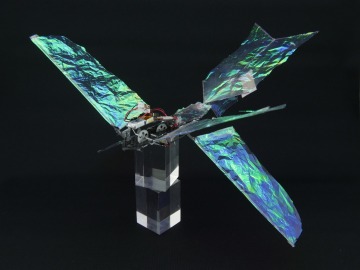
A dragonfly-shaped drone. The distinctive feature of a dragonfly is that it can move its four wings freely, hovering and gliding in the air.
It's a dragonfly-shaped drone. Dragonflies are the insects with the highest flying ability, so I fell in love with their complexity. In the third grade of elementary school, I made airplanes that flapped their wings with the power of rubber, and in the fifth grade, I started making dragonfly-shaped drones in earnest, attaching motors to them, but even when I looked up how to make them, I usually couldn't find any information. So I kept thinking about how to make them move like this and moving my hands. I almost gave up a few times, but I would stop for a moment, and then suddenly think of a way to make it fly, and I would go back to making it. As a result, after seven years, I finally completed it when I was in my second year of high school.
--That 's an incredible amount of effort. Did you ever have any setbacks?
Even when things didn't go well, I got excited thinking, "Maybe if I do this, I can get it to fly next time," so it wasn't a hardship at all. Looking back, I think I did a good job (laughs).
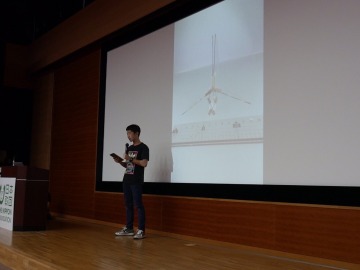
Giving a presentation about a dragonfly-shaped drone at the ROCKET project, which was held when he was in sixth grade
Also, from the fourth grade of elementary school until I graduated from junior high school, I had the opportunity to participate in ROCKET, a project run by the University of Tokyo's Research Center for Advanced Science and Technology to discover exceptional talent, which was a major factor in helping me continue creating.
The other participants were elementary school students who showed outstanding abilities in various fields, such as a student who was knowledgeable about natural minerals and a student who creatively expressed their own view of the world through pictures. It was great to learn new things together with students who excelled in various fields, and to receive opinions from various perspectives from Professor from the University of Tokyo who was leading the project, which I was able to use to improve my invention.
--Why did you decide to study at Waseda University's School of Fundamental Science and Engineering?
I graduated from an affiliated school (Waseda University Senior High School), and when I was in my second year of junior high school, I was nominated for a contest called Inovation for a finger-shaped robot I was making at the time. At the award ceremony, I met Professor Watanabe Takanobu (Faculty of Science and Engineering), who was making flapping drones, and we started exchanging information. That's when I became interested in the School of School of Fundamental Science and Engineering, and since I was in my third year of high school and was engrossed in making a bird-shaped drone, I decided to study an aviation-related field in order to develop it, and chose the Department of Mechanical Science and Aeronautics.
--What kind of inventions have you made since entering university?
Although the bird-shaped drone was successful in flying in a straight line indoors, it has not yet achieved ideal stable flight outdoors, so we are aiming to complete it! Also, although it is currently in the middle of development, I am making a prosthetic hand-shaped robot as part of a project called Cloning Cultural Assets, at the invitation of Professor Miyasako of Tokyo University of the Arts. The first robot I made was powered by a motor, which makes it easy to control finely, but it looks different from a human hand and has no power. From there, I thought I would try to understand the human body by making it exactly like the structure of a human hand, so I read related papers and continued to make robots that move by pumping air into them. This robot works by pumping air from a tank that compresses air into each tube of artificial muscles, which causes the artificial muscles to contract and move the fingers. I made it from each bone, the same size as my hand! However, there is an issue that the machine noise that exhausts air is loud, so I am making various types and comparing them, aiming to reproduce more human-like movements.
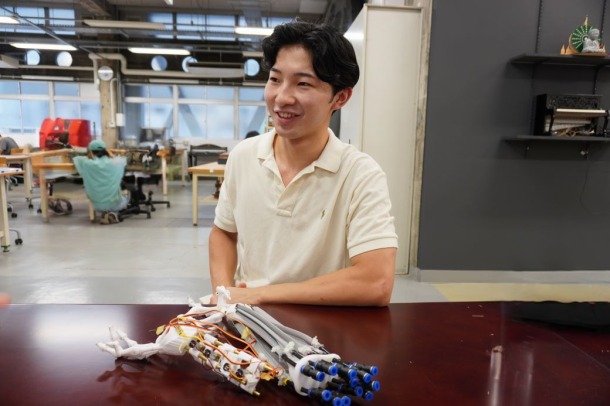
The hand-shaped robots he created. The one on the left is powered by a motor, while the one on the right is powered by air pumping.
--Please tell us about your future prospects.
In the future, I want to make things that can contribute to society. Until now, I have made things I wanted to make out of curiosity, but since I started making hand-shaped robots, I have wanted to be useful to people. In that case, I feel that the best way to achieve my ideals would be to continue developing the hand-shaped robot I am currently developing and use it to make prosthetic hands. I would also like to become someone who can use my English skills to be active internationally. In the summer of 2024, I was selected for J-StarX, an overseas dispatch program for entrepreneurs and others organized by JETRO (Japan External Trade Organization), with my prosthetic hand business plan, and went to Silicon Valley. At Stanford University, I learned about the essence and mindset of entrepreneurship, and it was an opportunity to brush up on my business plan. I would like to use what I have learned so far to be active in the world.
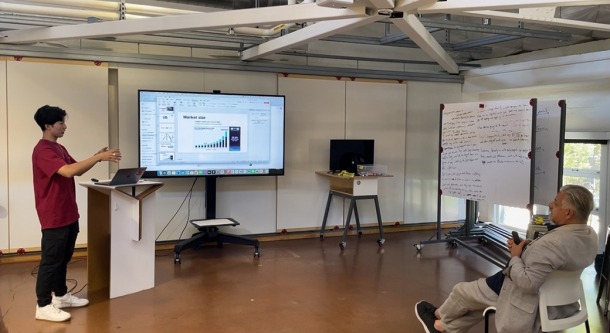
Presenting a business plan to mentors and investment companies at J-StarX
No. 880
【Profile】
Born in Tokyo. Graduated from Waseda University Senior High School. His hobby is weight training, and after seeing a video of the superhuman movements of overseas gymnasts, he has been doing weight training since his second year of high school. He also likes traveling alone, and in 2023 he went to Germany, France, Italy, Austria, Switzerland, and Spain by himself. When traveling, he enjoys trying new things and interacting with local people. On social media, a video of a live stream in which viewers give tips automatically tilts the bed and Matsumoto falls to the floor has attracted attention. He currently has about 37,000 followers on Tik Tok. In addition to making robots, he developed an app to improve the efficiency of hotel operations based on his experience working part-time as a cloakroom attendant at a hotel.
Instagram: @gentomatsumoto
X: @GENTO_MATSUMOTO
Youtube: @gentopia6489

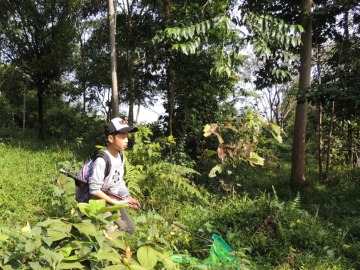
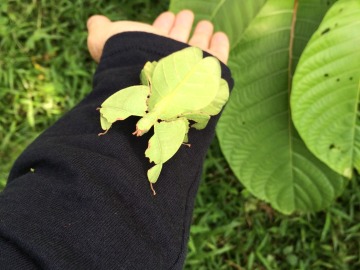
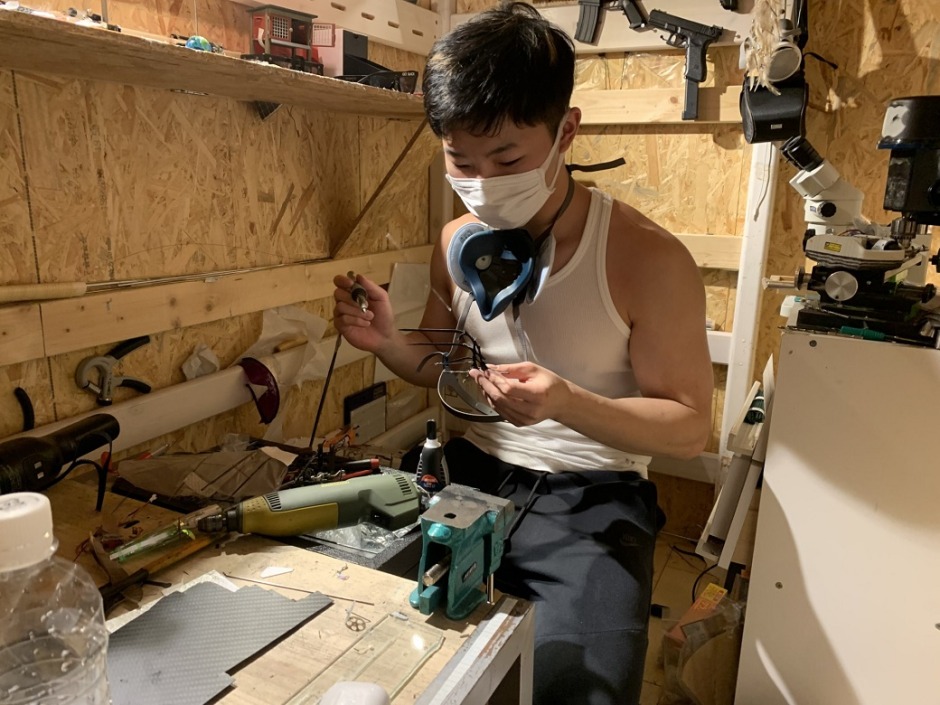
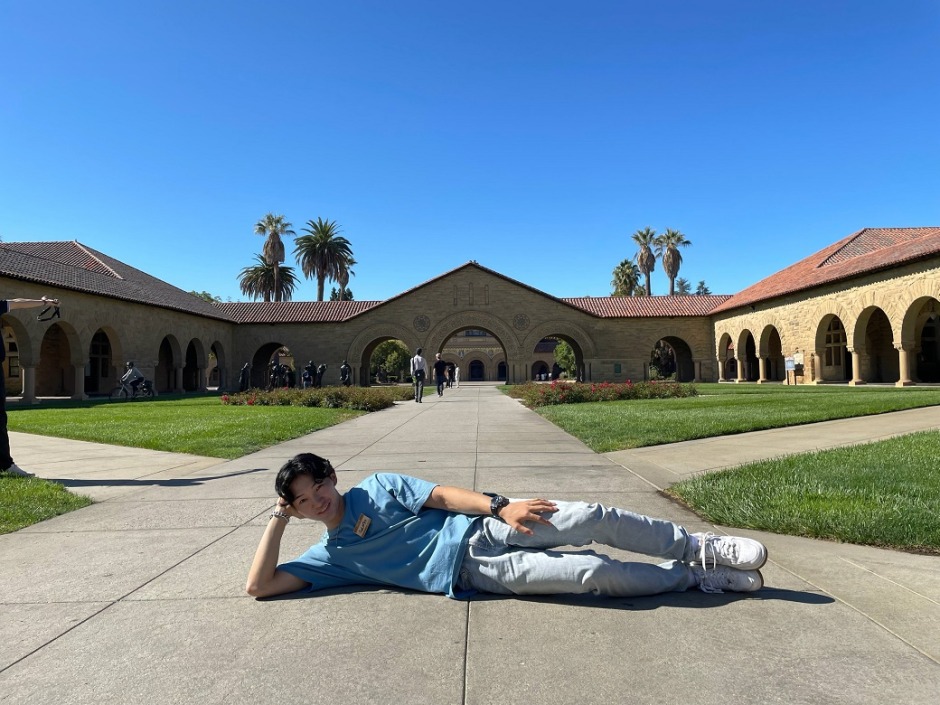
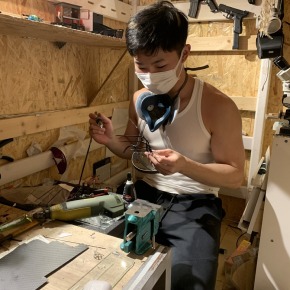
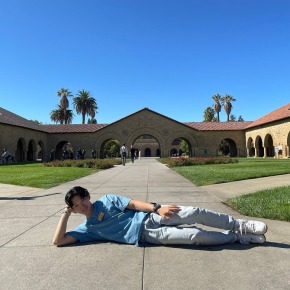
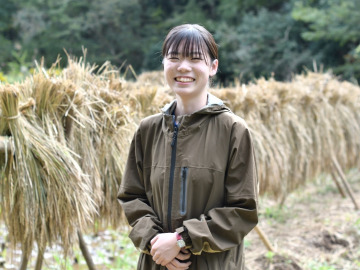
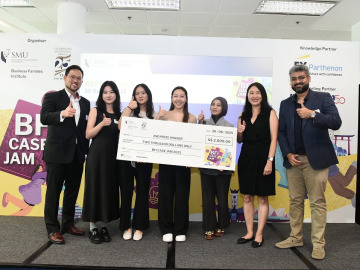
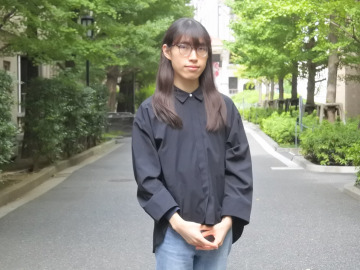
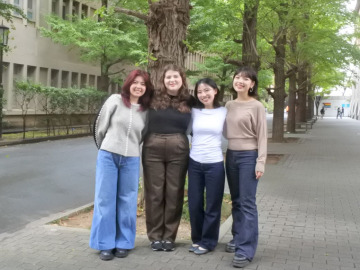
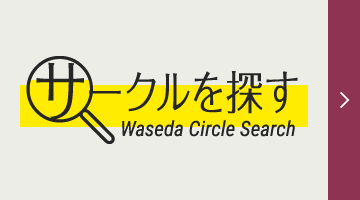
![[Save version] Map of the four main campuses](https://www.waseda.jp/inst/weekly/assets/uploads/2025/09/17cb2975123fc5103172ef60bd98608d-610x458.jpg)

